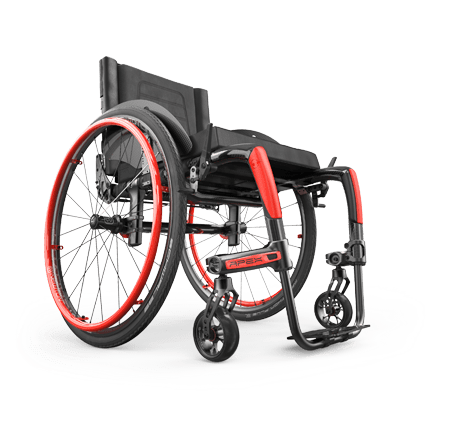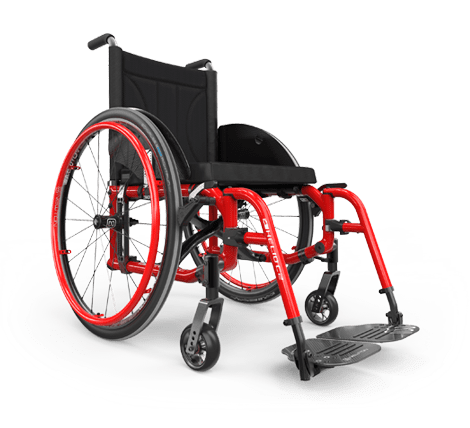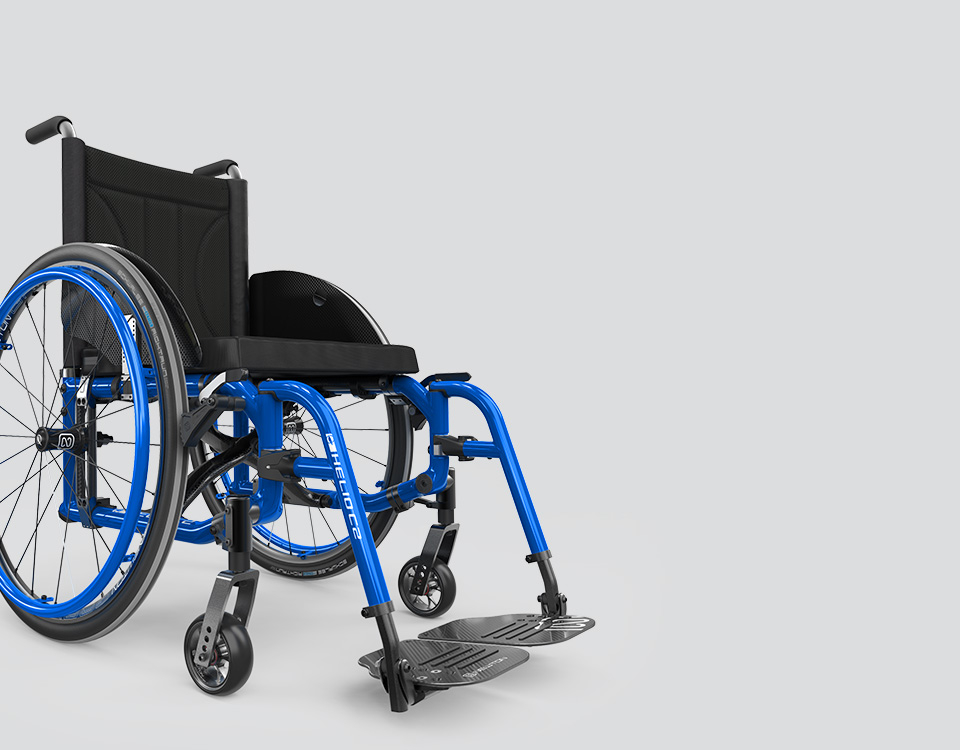Groups of wheelchairs tend to be classified based on who is categorizing them. Manufacturers may use titles such as lightweight or ultralightweight, standard, performance or high-performance. There can even be titles from funding agencies such as K0004 or K0005, performance or standard or category/type 1, 2, 3, 4. However, despite the group a wheelchair falls into from a manufacturer or funding standpoint, it is actually the features, options, accessories and adjustability that are useful in determining what is going to be the right selection of wheelchair for the user. Since there is no standardization through industry classification, we need to be able to identify the differences in wheelchair models based on clinical benefits to the user. In this article we will take a look at the differences in folding wheelchair models and how this will have an effect on the end user.
Materials
Frame material is one of the first things an avid wheelchair user will choose to upgrade to enhance performance of their wheelchair. This is why we tend to see material technology increase as model category increases; however, some categories can have a variety of materials represented depending on the manufacturer. Within the wheelchair industry, we see a diversity of aluminum alloys as well as high-performance materials such as titanium and carbon fiber. As technology in materials increases, we see properties which enhance wheelchair performance increase. Some of these properties include weight, strength, corrosion resistance, durability and vibration damping. Identifying what materials are used in what parts of the frame can determine how the wheelchair will perform and hold up over time.

Crossbrace
The crossbrace is the mechanism by which a folding wheelchair folds but is also what can add rigidity to a folding frame. Materials and technology used for the crossbrace can impact durability and efficiency for the user. Examples of crossbrace styles can be, standard tubing, dual-interlocking tubing or a truly symmetrical design. Understanding how these styles allow for folding while maintaining tolerances and durability of the frame can determine if it will have an advantage or disadvantage for the user. Materials can also determine durability and efficiency, sometimes manufacturers will enhance the materials used on the crossbrace which is a sign to the structural importance of this component.
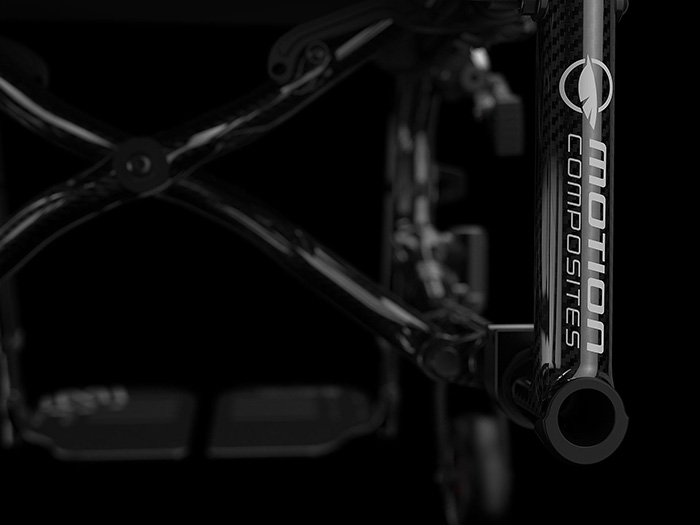
Side Frames
Folding wheelchairs typically have one or two-piece side frames. This determines how the side frame is constructed and therefore how much hardware is required. Side frame construction and materials used will have an effect on durability, weight, and therefore efficiency over time. Identifying the type of side frames used in a model of wheelchair can identify the effect this will have on the user.
Axle Plate
The wheelchair axle plate is the component which is going to secure the rear wheels to the wheelchair, and it will determine the adjustability horizontally and vertically for rear wheel positioning. The range of adjustability available in the wheelchair model will determine if proper set up horizontally for weight distribution and vertically for propulsion can be achieved. Beyond the range we want to look at the increments for adjustability. These increments can vary from non-adjustable to infinite and anything in between such as ¼”, ½” or 1” options. Selecting a wheelchair model which has smaller increments for axle adjustability will allow for a more precise set-up for the user currently and if changes are needed in the future. Typically, the higher the categorization of wheelchairs the more range and adjustability for the axle plate.
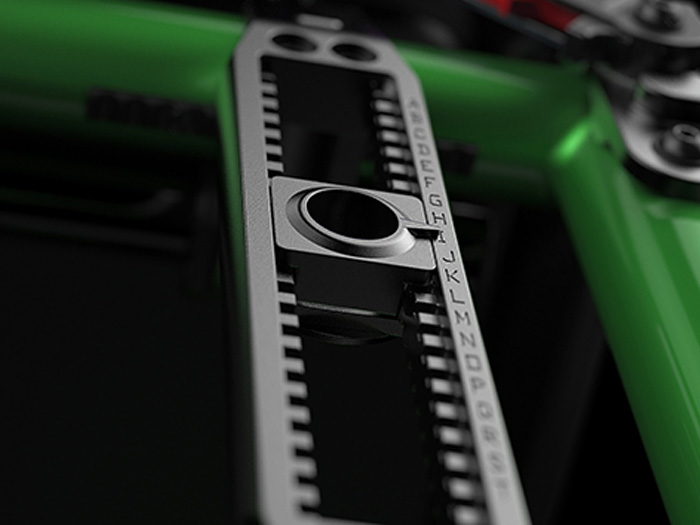
Casters
Caster adjustability determines the specification of squaring the casters. Ensuring the casters are square will allow proper tracking, decrease caster flutter and maximize propulsion efficiency. Casters which use eccentric bolts for adjustability may not allow maximum set up depending on other angles chosen in the wheelchair frame. Infinite caster adjustability, typically seen on high category wheelchairs, allows for full range of adjustability and precision despite other angles in the wheelchair frame.
Sizing & Weight Capacity
Size and weight capacity can be a determining factor in category of wheelchair. Manufacturers will select sizes to offer as well as weight capacities the wheelchair is able to withstand depending on the model and category. Typically, as models of wheelchairs improve the ranges in sizing, seat to floor heights and weight limits will also increase. Proper fit for width, depth, seat to floor height will ensure proper ergonomics and positioning which will increase independence and function. Identifying the range as well as the increments for these options will determine outcomes for the user.
Despite the category placed on a wheelchair by a manufacturer or a funding agency, we need to be able to look beyond the label and identify the features the wheelchair has to offer. Materials, technology, ranges and increments for adjustability can make a difference in outcomes for the user. Typically, higher categories provide better outcomes. However, not all wheelchairs in a category will be equal. Being able to understand the differences and how they impact the user clinically will make us better able to justify the need to all parties involved when selecting a specific wheelchair model.
For more information on features and benefits of Motion Composite folding wheelchairs take a look at the Clinical notes for each model as well as our Wheelchair Comparison Chart.




